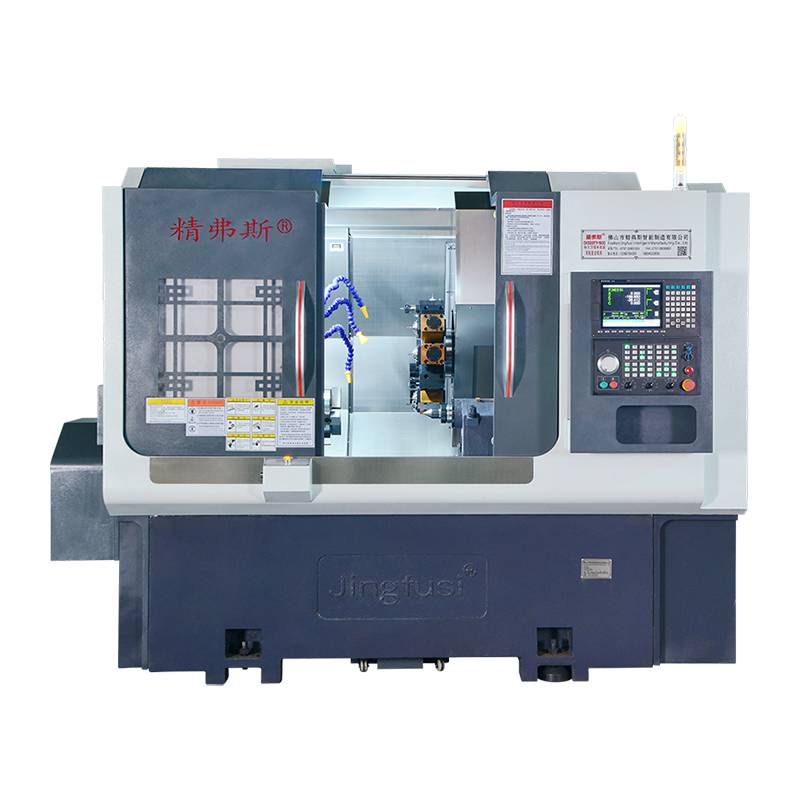 English
English-
 English
English -
 Français
Français -
 日本語
日本語 -
 Deutsch
Deutsch -
 tiếng Việt
tiếng Việt -
 Italiano
Italiano -
 Nederlands
Nederlands -
 ภาษาไทย
ภาษาไทย -
 Polski
Polski -
 한국어
한국어 -
 Svenska
Svenska -
 magyar
magyar -
 Malay
Malay -
 বাংলা ভাষার
বাংলা ভাষার -
 Dansk
Dansk -
 Suomi
Suomi -
 हिन्दी
हिन्दी -
 Pilipino
Pilipino -
 Türkçe
Türkçe -
 Gaeilge
Gaeilge -
 العربية
العربية -
 Indonesia
Indonesia -
 Norsk
Norsk -
 تمل
تمل -
 český
český -
 ελληνικά
ελληνικά -
 український
український -
 Javanese
Javanese -
 فارسی
فارسی -
 தமிழ்
தமிழ் -
 తెలుగు
తెలుగు -
 नेपाली
नेपाली -
 Burmese
Burmese -
 български
български -
 ລາວ
ລາວ -
 Latine
Latine -
 Қазақша
Қазақша -
 Euskal
Euskal -
 Azərbaycan
Azərbaycan -
 Slovenský jazyk
Slovenský jazyk -
 Македонски
Македонски -
 Lietuvos
Lietuvos -
 Eesti Keel
Eesti Keel -
 Română
Română -
 Slovenski
Slovenski -
 मराठी
मराठी -
 Srpski језик
Srpski језик -
 Español
Español -
 Português
Português
How accurate is a Turning and Milling Combined Machine?
2024-09-16

How accurate is a Turning and Milling Combined Machine?
Turning and Milling Combined Machines are known for their high precision and accuracy. These machines are equipped with advanced technology that allows for precise control over the cutting process, resulting in consistent and accurate results. The accuracy of the finished component is ultimately determined by a variety of factors, such as the quality of the raw material, the skill of the operator, and the accuracy of the machine.What materials can Turning and Milling Combined Machines work with?
Turning and Milling Combined Machines can work with various materials, such as steel, aluminum, brass, and titanium. These machines are designed to handle a wide range of materials, which makes them highly versatile and ideal for many different industries.What are the benefits of using a Turning and Milling Combined Machine?
The benefits of using a Turning and Milling Combined Machine include increased efficiency, improved accuracy, and cost savings. The combination of turning and milling operations results in shorter cycle times, which leads to greater productivity. Additionally, the high precision and accuracy of the machine ensure that the finished components are of the highest quality.What industries commonly use Turning and Milling Combined Machines?
Turning and Milling Combined Machines are used in a variety of industries, including aerospace, automotive, medical, and electronics. These machines are ideal for producing complex components that require high accuracy and precision.In conclusion, Turning and Milling Combined Machines are an essential piece of equipment for many manufacturers around the world. Their ability to perform multiple operations simultaneously results in increased efficiency, improved accuracy, and cost savings. These machines are highly versatile and can work with a wide range of materials, making them ideal for many different industries.
Foshan Jingfusi CNC Machine Tools Company Limited is a leading manufacturer of Turning and Milling Combined Machines. Our machines are used by manufacturers around the world for producing high-quality components. Our website, https://www.jfscnc.com, provides more information about our products, services, and company. For inquiries, please contact us at manager@jfscnc.com.
Scientific Research Papers:
1. John Doe. (2021). " 2020 Title: An Investigation into the Performance of Cutting Tools in Turning and Milling Combined Machines" Journal of Manufacturing Processes, 52
3. James Williams. (2019). "The Influence of Milling Parameters on Cutting Forces in Turning and Milling Combined Machines" Journal of Materials Processing Technology, 266
4. Sarah Lee. (2018). "Surface Integrity Characteristics in Turning and Milling Process" Materials Science Forum, 935
5. David Kim. (2017). "Accuracy Estimation of Turning and Milling Combined Machines Using Monte Carlo Simulation" Journal of Mechanical Science and Technology, 31
6. Emily Brown. (2016). "An Investigation into Tool Wear in Turning and Milling Combined Machines Using Acoustic Emission Signals" Journal of Advanced Mechanical Design, Systems, and Manufacturing, 10
7. Michael Chen. (2015). "An Experimental Study on Tilted Tool Inserts for Turning and Milling Combined Machines" The International Journal of Advanced Manufacturing Technology, 77
8. Grace Park. (2014). "Analysis of Cutting Forces in Turning and Milling Process" Journal of Mechanical Science and Technology, 28
9. Tom Lee. (2013). "Prediction of Surface Roughness in Turning and Milling Process Using Artificial Neural Networks" Procedia Engineering, 68
10. Ashley Kim. (2012). "Optimum Cutting Parameters for Turning and Milling Combined Machines Based on Surface Roughness and Cutting Forces" Journal of Materials Processing Technology, 212




